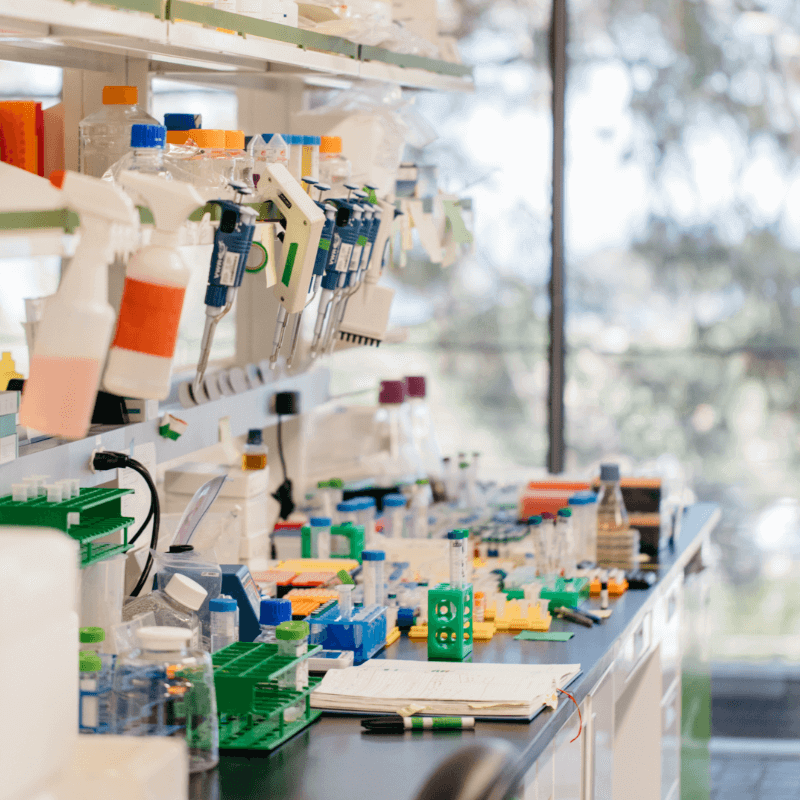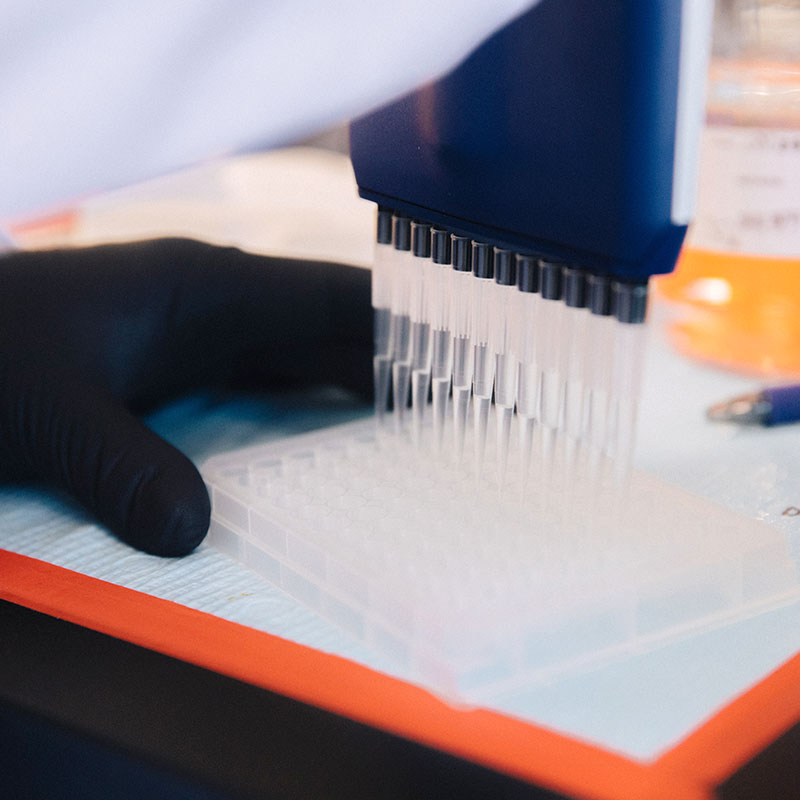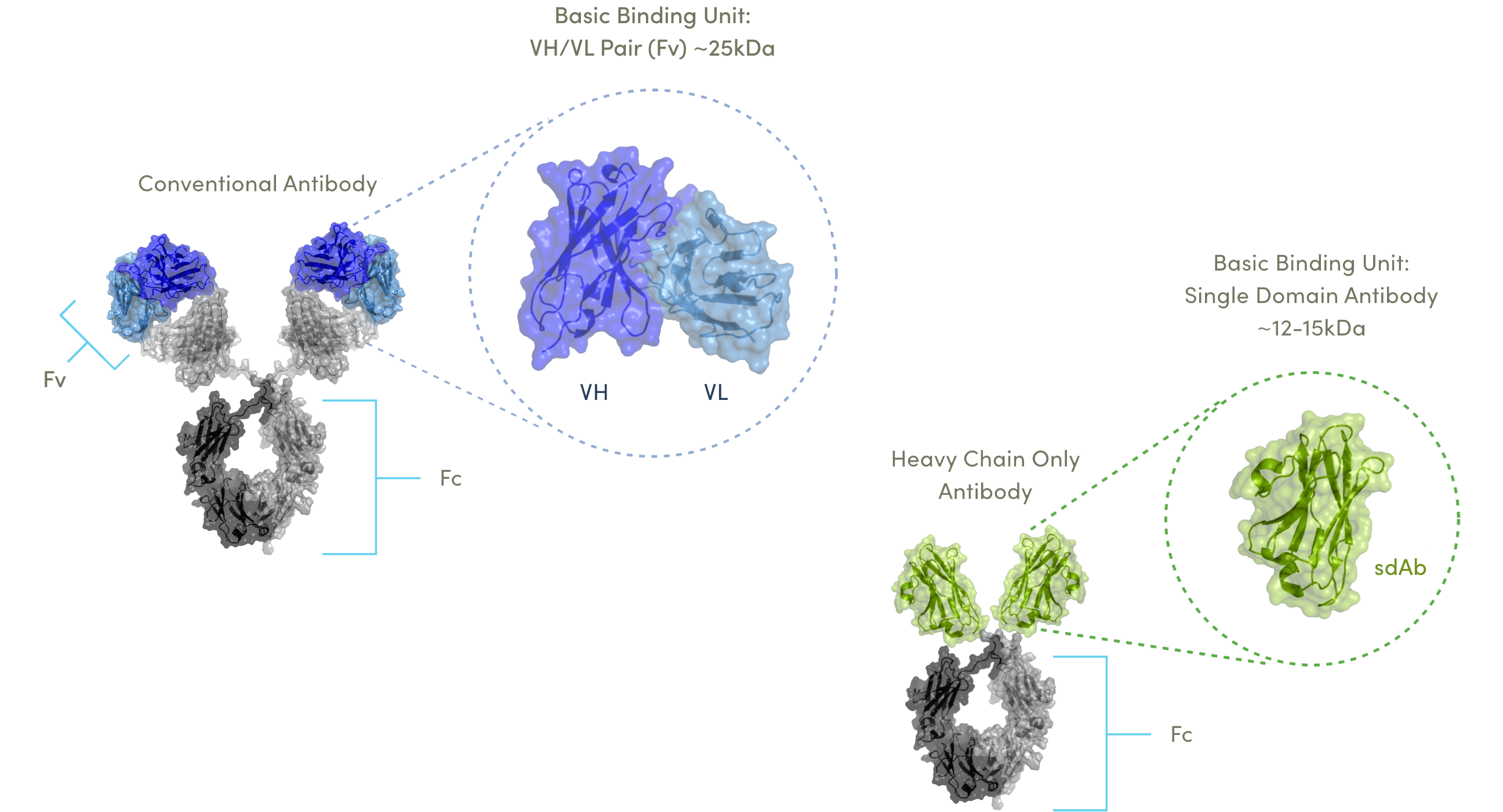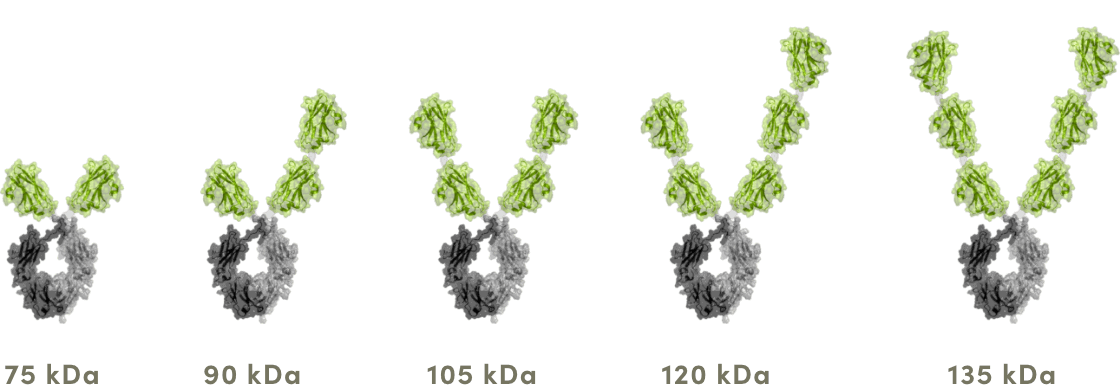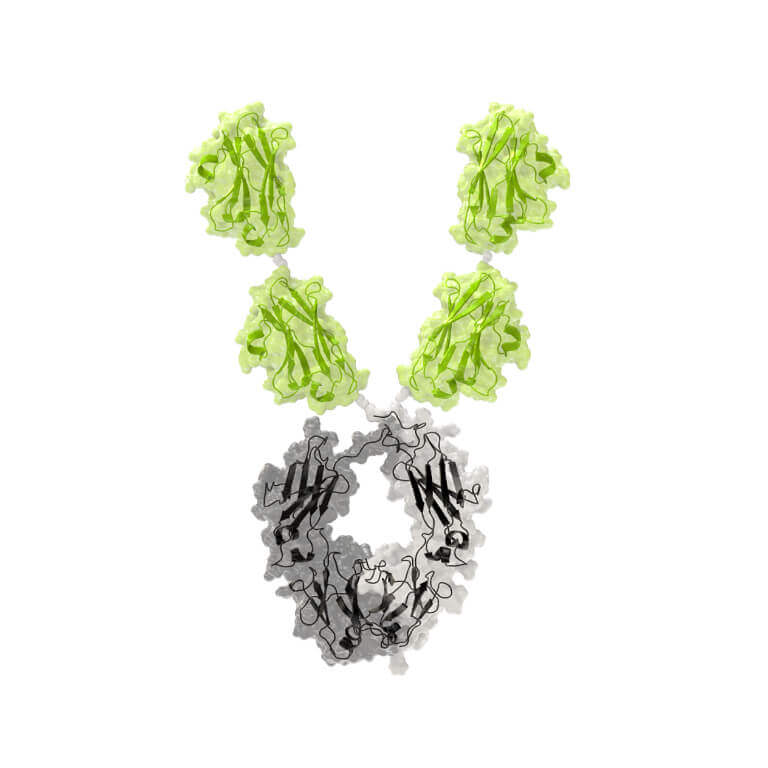With the goal of addressing unmet medical needs, we leverage our deep understanding of target biology and innovative protein engineering technologies to create therapeutic candidates with attributes and mechanisms of action that we believe are superior to current approaches and applicable to a range of challenging, validated targets with high potential.
Our proprietary sdAb platform allows us to address complex target biology where other biologic approaches have failed or are suboptimal. Our precision engineering enables the generation of therapeutic candidates with defined valencies and specificities, which we believe can result in optimal mechanisms of action. Initially, we’ve focused on applying these technologies to targets with clinically validated mechanistic rationales—but where prior approaches have lacked sufficient therapeutic activity or safety.
Our clinical pipeline is enabled by our protein and process engineering capabilities, and includes therapeutic candidates in the following categories:

